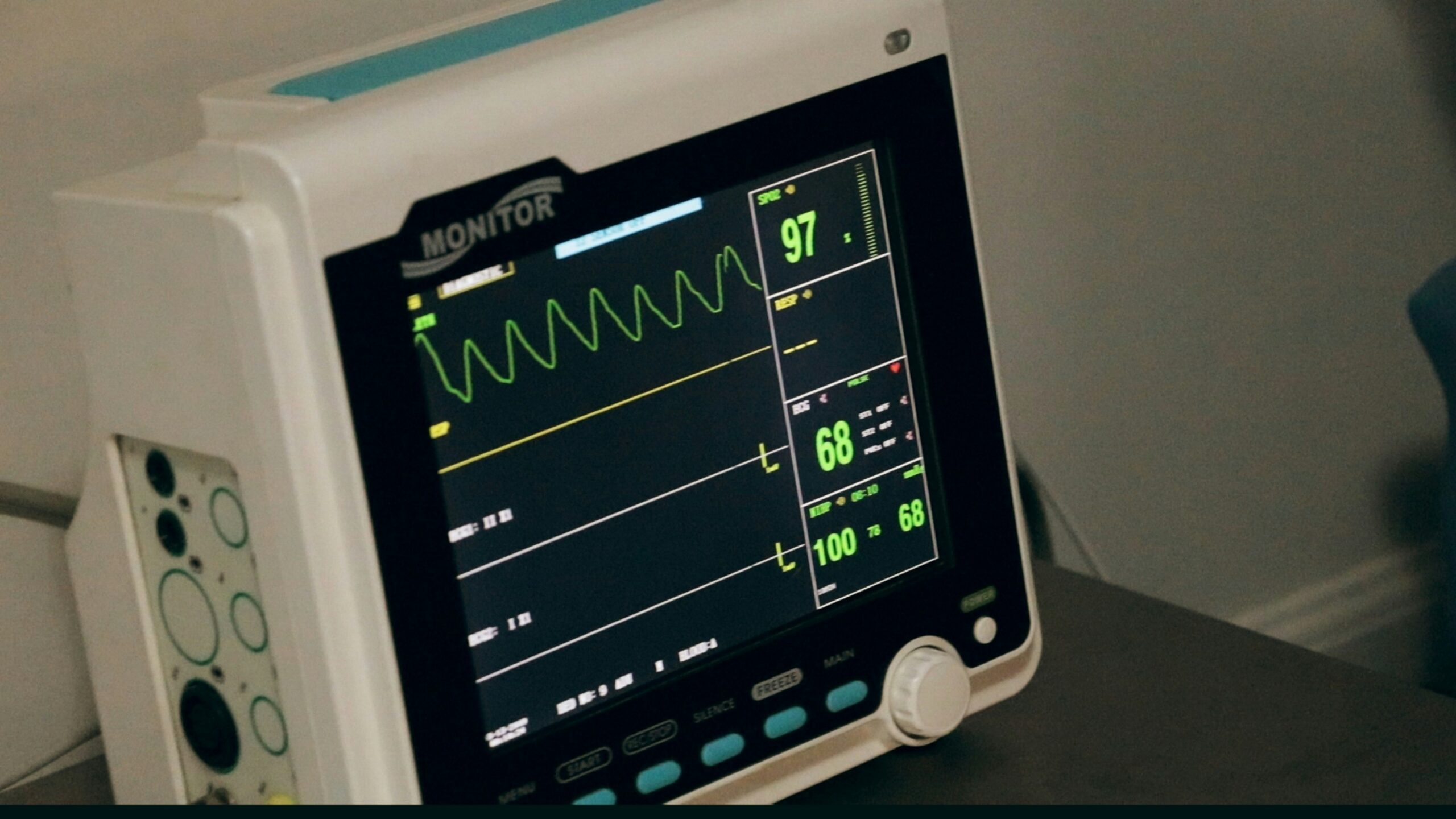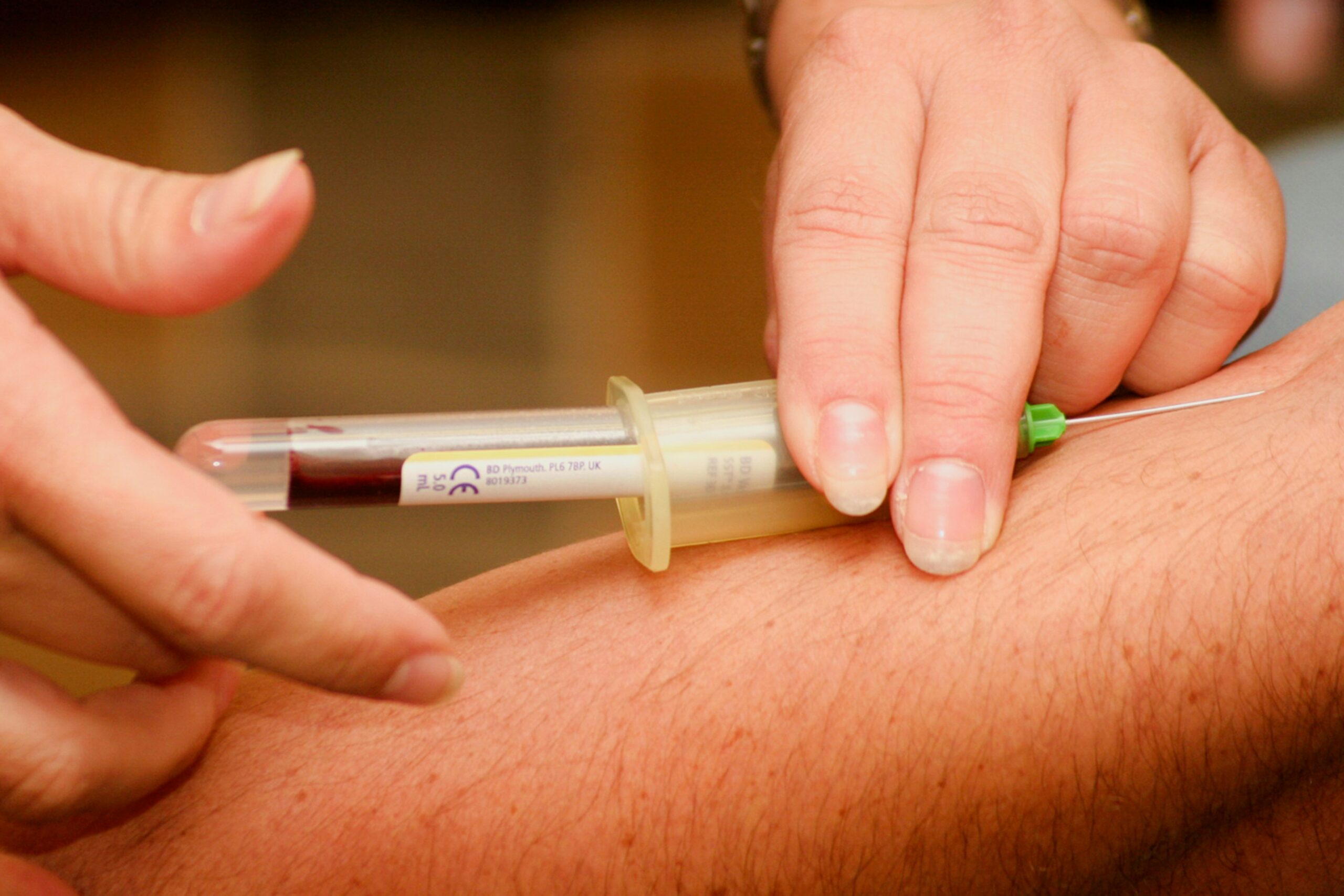Postural Orthostatic Tachycardia Syndrome is a characteristic of dysautonomia, which has diverse meanings for several diseases that affect the autonomic nervous system. The autonomic nerve system animates body temperature, blood pressure, digestion, heart rate, and other physiological activities, all done unconsciously. POTS dampens the expected physiological reaction to standing. What transpires in this scenario?
That causes a rise in the person’s pulse rate, usually more than 30 beats per minute when upright. Symptoms of orthostatic intolerance may include tachycardia, syncope, vertigo, and disorientation.
POTS is still poorly understood and frequently misinterpreted, which makes it hard to diagnose and treat. That is a very big problem for many people.
What are the methods to get POTS? The ambiguity in the sentence complicates the identification of the solution to this inquiry. The reasons could be environmental factors, genetic tendencies, and autoimmune diseases.
Although the condition was first recognized many years ago, many people still have to wait long for a correct diagnosis, even with increased knowledge and understanding. This article will examine Parkinson’s obstructive pulmonary syndrome, or POTS, including its etiology, manifestations, diagnostic procedures, and treatment options.

A far greater number of people are affected by it than was anticipated. POTS is affecting about 1-3 million people in the USA, according to the latest statistics. Men are said to be 80 to 85 percent of people who have POTS.
Most men and women incidents are between the ages of 15 and 50. Which of these justifications is exclusive to women? This subject still puzzles me. Some doctors say the immune system, hormonal factors, or genetic predispositions are behind it. They say that this may be the case. Although more studies are needed, the findings indicate a potential genetic connection between POTS and familial occurrence.
POTS is diagnosed in people of all ages, but it is mostly found in teenagers and infants. The disorder's manifestations exacerbate the existing problem; thus, much material remains unexamined despite the disorder’s relative prevalence. There is a need to do more studies to get a complete understanding of POTS and its effects on the people who are suffering from it.
Analyzing the issues undergirding POTS should be done more profoundly. Although the precise cause remains undiscovered, various possible things are attributed. The best mix is often the result of the coming of factors. POTS could be a result of impaired blood flow or volume regulation. When you wake up, the autonomic nervous system makes your heart beat faster, and your capillaries constrict to ensure enough blood flow for the brain. It is not common with POTS. The return of blood to the lower extremities is one of the factors that causes the heart to work more, and consequently, the heart rate increases.
An unexpected and sudden heart rate rise and orthostatic body blood accumulation may indicate nerve injury, possibly resulting in vascular constriction. Then, consider the autoimmune perspective. Studies show that people with POTS often have antibodies that attack their organs, including the autonomic nervous system. This implies that POTS might be regarded as an autoimmune disorder.
POTS may erupt during a viral infection, a critical surgery, or a pregnancy, inferring that these situations could trigger people who are already susceptible. People vulnerable to symptoms may encounter them because of both mental and physical stress.
POTS is a syndrome that reveals itself through various symptoms. Standing causes a dramatic increase in pulse rate. POTS symptoms include but are not limited to, palpitations, dizziness, lightheadedness, and profound fatigue. A common ailment is syncope or fainting. Physical exertion, high temperatures, and prolonged standing bring the symptoms. It is not common for some people to get this alleviation when they are in the reclined position. The situation does not end there. POTS sometimes leads to digestive system problems.
The symptoms include bloating, vertigo, abdominal pain, and irregular bowel movements. The cognitive symptoms, sometimes called ‘brain fog![]() ,’ can create many problems: short-term memory and lack of attention overload cognitive processes. The most trivial things could be the victims of this. The symptoms include tremors, dyspnea, thoracic discomfort, hyperhidrosis, and exercise intolerance. The wide range of POTS symptoms makes it difficult to diagnose the disease. The existence of several symptoms may overdue the diagnosis and the treatment of POTS patients.
,’ can create many problems: short-term memory and lack of attention overload cognitive processes. The most trivial things could be the victims of this. The symptoms include tremors, dyspnea, thoracic discomfort, hyperhidrosis, and exercise intolerance. The wide range of POTS symptoms makes it difficult to diagnose the disease. The existence of several symptoms may overdue the diagnosis and the treatment of POTS patients.

Besides the acute symptoms, POTS could lead to secondary complications. Recurrent syncope notably raises the risk of fall-related injuries among people who experience sudden loss of consciousness. This is particularly dangerous when operating a vehicle in a difficult situation. Besides some physical difficulties, there are others too.
Many people with POTS suffer from chronic fatigue, which causes significant problems. If fatigue lasts for a long time and might become a risk to social life, education, or occupation, we cite a risk to social life, education, or occupation. The worse the disease gets, the more social isolation and less quality of life may come. Besides that, psychological problems are rather usual.
Anxiety and depression are the main psychological symptoms of post-traumatic stress disorder (PTSD). Moreover, comorbidities are usually salient because of this disease’s erratic nature and unpredictable daily life impact.
Physiological changes may be a factor in complications. A few individuals decrease their physical activity because they believe standing and working may worsen their symptoms. This may cause the symptoms to speed up. Consequently, the symptoms get worse, which in turn causes a harmful cycle owing to the decreased activity. The relationship between post-traumatic stress disorder (PTSD) and some medical conditions makes symptom treatment more difficult. If POTS is coupled with irritable bowel syndrome, migraines, and autoimmune diseases, the treatment plan may become more complex.
The diagnosis of postural orthostatic tachycardia syndrome (POTS) is a challenge because of the contradictory symptoms and the existence of many disorders. So, a comprehensive study is a must. The diagnostic technique mainly includes a physical examination, an extensive medical history, and assessments of the autonomic and cardiovascular systems.
The only tool for this disorder is the tilt-table test. During this exam, the patient is strapped to an upright table and put in a supine position for thirty minutes. The patient’s pulse rate, blood pressure, and symptoms are monitored for thirty minutes, and the table is tilted at about seventy degrees.
In adolescents, the diagnosis of postural orthostatic tachycardia syndrome (POTS) is confirmed by a 30-40 beats per minute increase in heart rate within 10 minutes of standing, accompanied by stable blood pressure.
Another diagnostic tool for POTS is a 24-hour Holter monitor. The patient is expected to use this peripheral device consistently according to their daily routines. Monitoring the heart’s electrical activity enables generating necessary heart rate data and detecting irregular cardiac rhythms. It is important to differentiate POTS from other cardiac diseases.
The volume of blood measurement evaluates blood volume, which is used to determine hypovolemia or insufficient blood volume. POTS patients may have lower blood volume, which may be the reason for their worsening condition. Transferring a small amount of radioactive tracer into the bloodstream will allow blood volume measurement. That enables the assessment of the degree to which hypovolemia affects the patient’s symptoms.
Autonomic function is evaluated using methods of autonomic function assessment. This program includes deep breathing exercises, cold pressor tests, and the Valsalva maneuver. The Valsalva maneuver assesses autonomic responses by having the patient exhale against a constricted airway, making it possible to analyze the responses. A test can be used to diagnose autonomic dysfunction associated with POTS.
Blood tests are often used to rule out diseases similar to POTS. This may include electrolyte analyses, thyroid function tests, autoimmune disease markers, and a complete blood count. Blood tests have ruled out anemia, thyroid disorders, and autoimmune diseases, thus confirming the symptoms.

POTS treatment aims to improve the patient’s daily activity, reduce the symptoms, and discover the key factors or underlying causes contributing to the condition. Medication must be tailored to meet the specific features of each person suffering from POTS.
The primary technique for managing POTS is modifying one's lifestyle. Consuming a lot of water and salt can indeed improve circulation. Patients are guided to take two to three liters of water and three thousand to ten thousand milligrams of salt daily, depending on their symptoms and the urgency of medical treatment. Raising the head of the bed during sleep improves blood circulation and also helps to reduce venous stasis in the lower extremities.
The second most vital aspect is physical activity. Progressively increasing the strain of your workout routine, especially in low-impact aerobics, can improve your muscle tone and cardiovascular fitness. To enhance blood circulation in the legs, individuals are advised to practice horizontal exercises like aquatic therapy, rowing, and recumbent cycling.
Moreover, the relief of POTS symptoms depends completely on pharmacological interventions. Beta-blockers, including propranolol and metoprolol, are commonly prescribed for tachycardia or arrhythmias. Their active participation weakens the influence of norepinephrine on the heart, thus decreasing the heart rate. This action can be of great help to some people in reducing symptoms.
Fludrocortisone is the medication most frequently used for POTS. As a steroid, the body holds sodium and water, increasing blood circulation and volume. Midodrine helps relieve blood accumulation linked with POTS symptoms by raising blood pressure and causing vasoconstriction.
Those who demonstrate a poor response to therapy are prescribed pyridostigmine and ivabradine. Pyridostigmine improves neuromuscular transmission, but ivabradine inhibits the heart’s intrinsic pacemaker without affecting blood pressure.
Another way of controlling POTS is through the use of compression garments![]() . These are abdominal binders or stockings that are supposed to apply gentle pressure to your lower extremities and abdomen to prevent blood pooling and increase venous blood return to the heart. These help eliminate the problem of regularly standing the most and help with a few other issues.
. These are abdominal binders or stockings that are supposed to apply gentle pressure to your lower extremities and abdomen to prevent blood pooling and increase venous blood return to the heart. These help eliminate the problem of regularly standing the most and help with a few other issues.
Changing one’s diet may help manage POTS. Many people argue that having several short meals throughout the day, drinking more water, and consuming more salt help decrease postprandial blood pressure. A diet rich in fiber and protein but low in simple sugars and carbohydrates reduces postprandial blood sugar spikes and avoids hypotension.
Dietary changes may be necessary for some individuals who suffer from worsened health conditions due to coffee and alcohol. It is important to consider several approaches before picking the most appropriate one for each person.
Physical activity may well play a critical part in managing POTS. With the help of a physical trainer, the patient can select a structured regimen that gradually increases the load and duration of training. Jogging and strength training are undoubtedly the two main methods of this approach. Other techniques for symptom management, such as pacing and energy conservation, may also be taught.